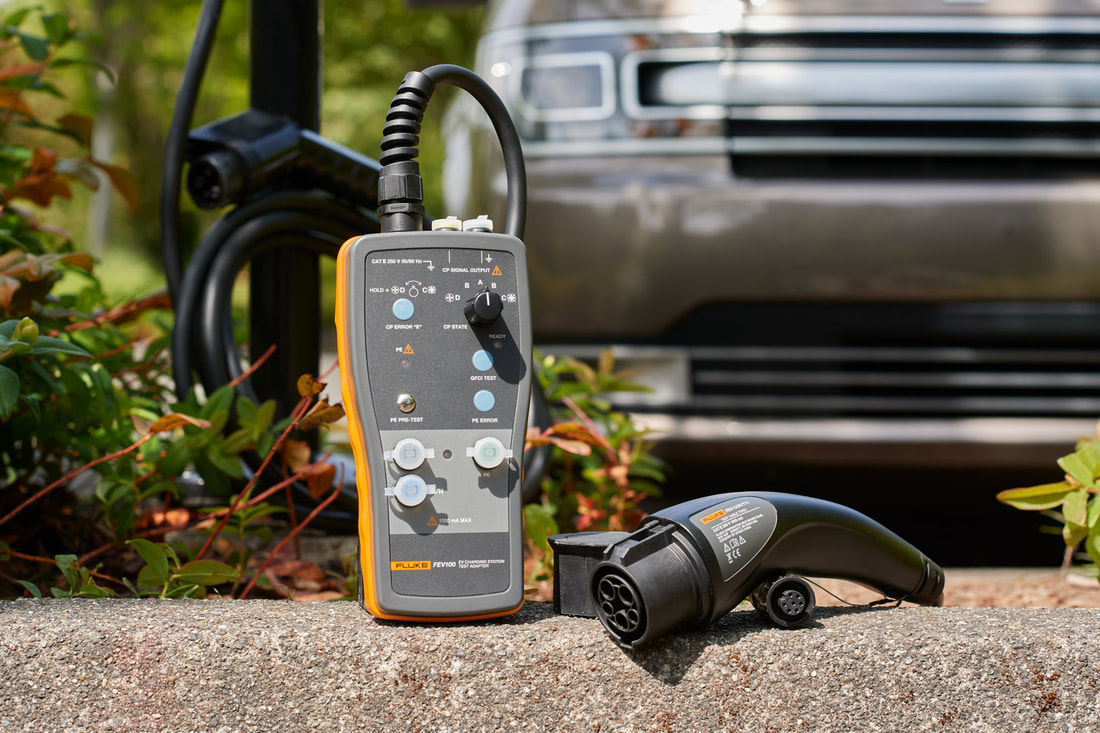How EV charging station maintenance reduces costs and increases reliability
June 7, 2023
By Fluke Corporation for the Blue Print
By Fluke Corporation for the Blue Print
|
The number of electric vehicles (EV) on U.S. roads is expected to reach 22 million by 2030, which will result in a dramatic increase in demand for EV supply equipment (EVSE) infrastructure. How do we meet it?
The biggest problem with EV charging infrastructure right nowCharging station reliability has been a big issue since the early days of EVs, largely due to lack of preventive maintenance and slow response time for fixing outages. You can often find EV charging stations around malls, big box retailers, and grocery stores, yet along interstate highways and outside of urban areas, EV charging stations can be few and far between. Those stations that do exist may or may not be fully functional when you drive up, which creates powerful “range anxiety” for EV drivers, who worry about keeping their vehicles charged on long-distance trips.
Successful infrastructure to meet the growing EV demand depends on availability and reliability. Reducing servicing costs for EVSE station owners and operators is critical to increasing both. Regular EVSE maintenance reduces costs and increases reliabilityOne way to reduce EVSE service costs — and increase reliability — is to streamline inspections so that EVSE manufacturers and station owners can commit to an ongoing, proactive program of preventive maintenance. Proper maintenance helps minimize downtime and reduce lost revenue from non-functional chargers. Regular maintenance can also help reduce replacement costs by maximizing the useful life of charging equipment.
|
|




